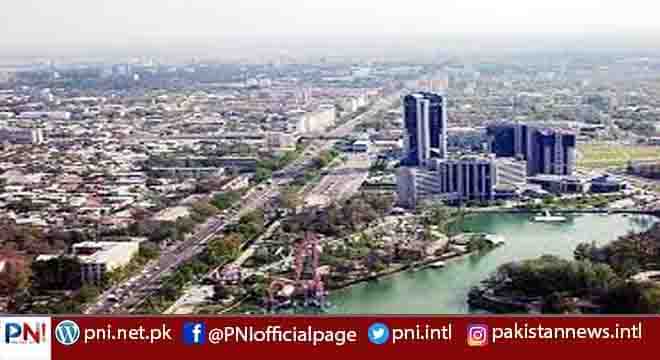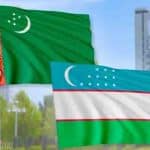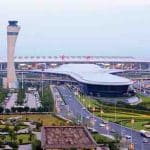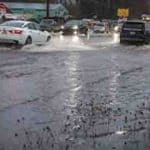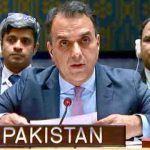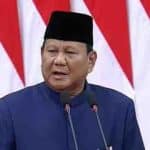Nukus, Uzbekistan, July 6 (AFP/APP): Uzbek builder Salamat Khalilov does not know exactly what blew off his left leg when he was on the fringes of a protest that shook Nukus, the capital of Uzbekistan’s autonomous Karakalpakstan region.
The 46-year-old is one of thousands injured during unprecedented unrest over constitutional amendments that shook this provincial city last Friday and left 18 people dead.
Still dazed in hospital, Khalilov said an object that he could not identify skid across the ground towards him and then exploded.
“Suddenly, shooting started and everyone was in panic. I don’t know how I got to the hospital,” he said.
Hundreds were detained in the protests that erupted after proposals to change the constitution’s chapter on Karakalpakstan.
The violence in Nukus even forced strongman President Shavkat Mirziyoyev to make a rare about-turn and walk back the proposed changes, which would have undermined the region’s right to self-determination.
The crisis represents uncharted territory for the Central Asian leader, undermining his boast of “New Uzbekistan” — a country that he says puts people first.
The flags of Uzbekistan and Karakalpakstan — an autonomous republic that takes its name from the Karakalpak minority — fly side by side in the city of roughly 300,000.
But the relationship between the two has been thrown into disarray by the violence.
– Fractured skull –
Authorities have blamed “criminal groups”, unspecified “external forces” and drugged protesters for the violence.
But the spark that brought thousands to the streets of Nukus last Friday was the proposed removal in the constitution of the territory’s right to secede and its nominal sovereign status.
Things soon span out of control.
Luiza Bakhitzhanova, a 17-year-old girl in another ward in the hospital, was watching the demonstration from her open apartment window.
As police and protesters clashed, a stone flew up, fracturing her skull, she said.
The internet is still switched off in Nukus, preventing locals from using ATMs and essential mobile services. The city centre is locked down, while media access has been tightly controlled.
Uzbekistan’s National Guard said 516 people were detained in the unrest, with some already released.
Outside a city police station Tuesday, police prevented an AFP correspondent from filming and interviewing members of a hundred-strong crowd that came to find out about their detained relatives.
Local officials in Nukus have played down the role of officers in causing the bloodshed.
City police Chief Ziyautdin Zaitov suggested trampling may have been behind the fatalities.
An official in the city’s morgue said that none of the deceased had gunshot wounds.
Several videos emerging from the violence that could not immediately be verified showed corpses and patients with deep cavity wounds and missing limbs.
– ‘Son of Karakalpakstan’ –
Karakalpakstan is an impoverished region closely associated with the drying of the Aral Sea, one of the world’s great man-made environmental catastrophes.
On the day before the massive protest, Mirziyoyev trumpeted his government’s investments in the region, and declared himself “a son of Karakalpakstan” as well as of Uzbekistan.
The overture failed to calm tensions already building in the region over the constitutional proposals.
Officials have been quick to knock back comparisons between the violence in Karakalpakstan and a bloody crackdown in the eastern city of Andijan in 2005, where more than 170 died according to an official toll considered conservative at the time.
That massacre and the ever-tightening repression that followed it became the calling card for the hardline regime of Islam Karimov, whom Mirziyoyev served as prime minister for 13 years until the despot’s death in 2016.
After taking power, Mirziyoyev embarked on a reform programme, overhauling the straitjacket economy, clamping down on forced labour and allowing limited space for independent journalism.
Follow the PNI Facebook page for the latest news and updates.


